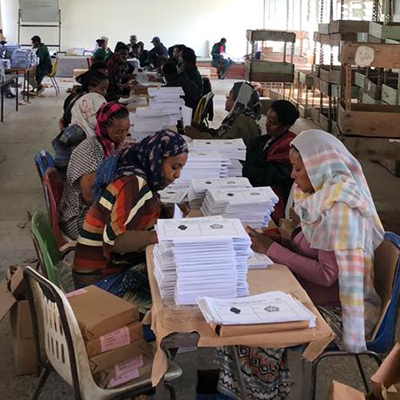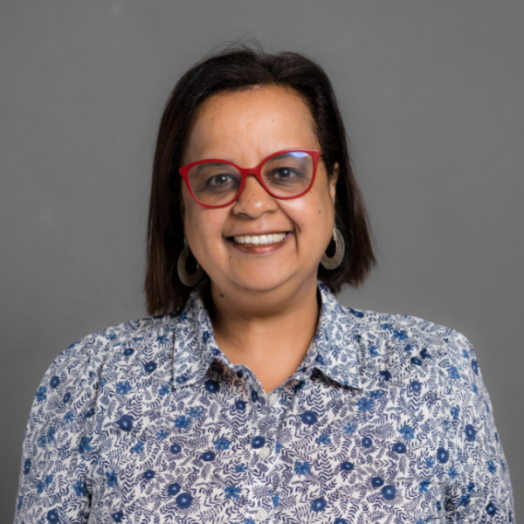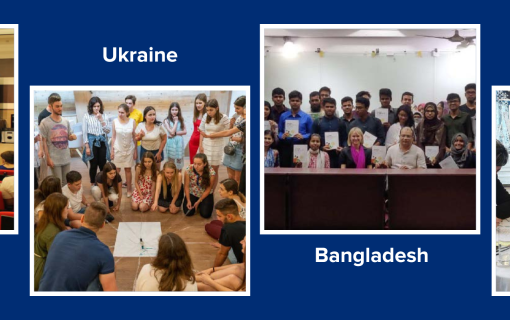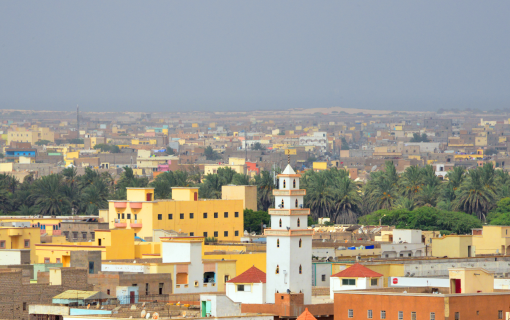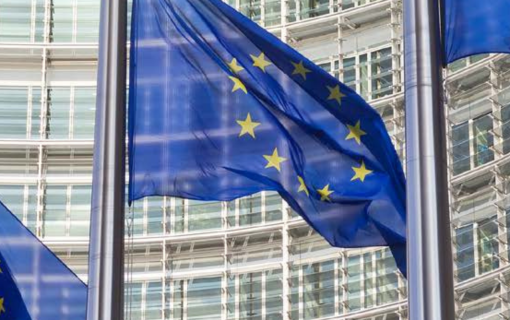
Ethiopia Holds Referendum to Determine Statehood for Sidama Zone
In July 2018, Sidama Zone representatives submitted a formal declaration for statehood. The zone's residents make up 4 percent of Ethiopia’s 105 million people and are the largest population among the 56 ethnic groups that constitute the Southern Nations, Nationalities and Peoples' Region (SNNPR). Ethiopia’s federal Constitution requires the authorities to organize a referendum within a year of a statehood request.
In July 2019, as the one-year deadline approached, it became clear that the vote would not be organized on time, leading to escalating tensions and violence that resulted in 25 casualties. Sidama's leadership ultimately deferred the request, acceding to a plan by the National Electoral Board of Ethiopia (NEBE) to hold a referendum on November 13, 2019, then rescheduled to November 20, 2019. The date change was due to challenges with poll worker recruitment, delayed finalization of the list of neighborhoods where polling would take place and the required legal and administrative frameworks.
On November 20, Sidama residents went to the polls to vote on transforming the area into a regional state. The referendum was not only the first electoral exercise undertaken by the newly constituted NEBE, but it was also the NEBE’s first time implementing a vote on regional statehood.
What was the mood on Referendum Day?
Despite concerns that there would be violence on Referendum Day, various sources including Ethiopia’s human rights commissioner, local observers and voters stated that elections were peaceful, with no major incidents reported that day.
How was security managed?
The NEBE, in coordination with regional and federal authorities, developed a security plan in the lead-up to Referendum Day, which was implemented by regional and federal police forces on November 20.
Were there efforts to promote civic awareness on the referendum process?
During the registration process ahead of the referendum, the NEBE held 11 mini voter education series to explain the voter registration and referendum processes. The series was broadcast on television and radio stations in Sidama and on social media, which helped raise voter awareness of the referendum processes and the importance of participation. Similarly, on Referendum Day the NEBE established hotlines in Hawassa, which allowed the public to lodge their complaints and grievances with the NEBE during the voter registration and referendum processes. This enhanced the NEBE’s responsiveness and effectiveness in managing referendum disputes as they arose in real time.
What was the turnout?
The 1,692 polling stations opened at 6 a.m. local time on Referendum Day. The NEBE announced that there were 2,280,147 registered voters, of whom 2,277,063 cast their votes, resulting in a 98.86 percent voter turnout.
What was the outcome?
On November 23, the NEBE announced preliminary results demonstrating that 98.5 percent of voters were in support of statehood.
What does the creation of a new state mean?
The results give residents of Sidama autonomy over their region, which includes control over local taxes, education, security, health and some legislative aspects.
The favorable result makes Sidama the first new state in Ethiopia since the establishment of the current federation of nine semiautonomous states in the 1990s, and it sets a precedent for the process of obtaining statehood. Other groups within the SNNPR, such as the Wolayta and Hadiya, and outside it, including the Amhara and Tigray, are also considering initiating a referendum process. If they pursue their own statehood applications, it has the potential to escalate tensions ahead of the upcoming 2020 elections.
Although the Sidama referendum is a significant step toward achieving statehood for the zone, a variety of impending issues will need to be addressed as the zone moves forward. This includes how to manage ethnically diverse areas within the zone, such as the city of Hawassa, which has served as an administrative center for the southern region and is home to various ethnic groups.




